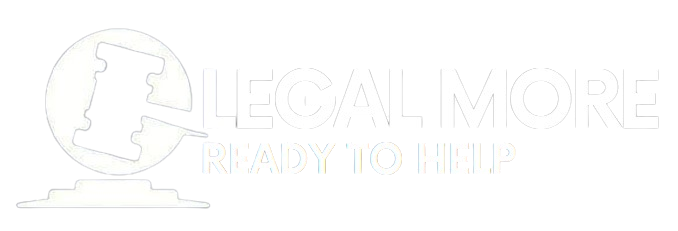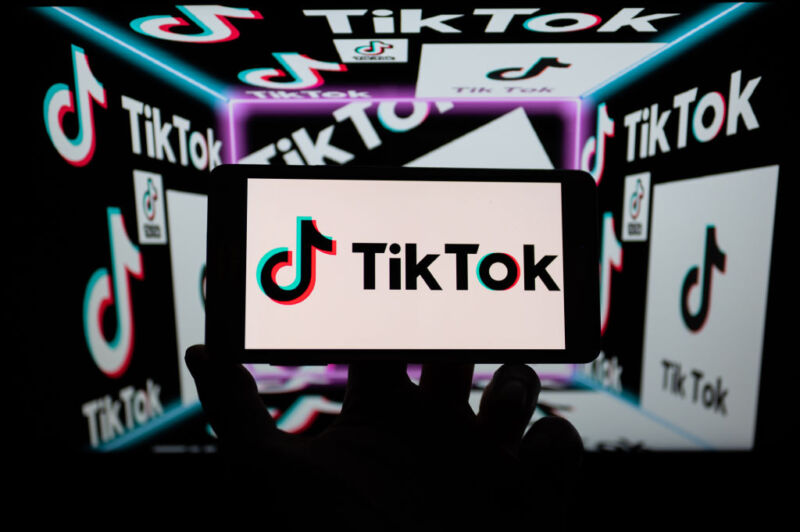How to Stop Soaring Homeowner’s Insurance Premiums
Inflation is striking homeowners insurance, but if you’re tempted to cut costs by reducing coverage — or, if your mortgage is paid off, even dropping it — think again. A single bad storm could make deep and unwelcome changes to your retirement. Instead, consider shopping around for a new policy, and make sure you take advantage of all the discounts available to you.
The average premium for homeowners insurance rose 12.1 percent from May 2021 to May 2022, according to Policygenius; the average annual increase was $134. Although there’s some evidence that inflation in homeowners insurance is easing in 2023 — Bankrate.com calculates the increase from 2022 to 2023 at just 3 percent — inflation in all things tends to be cumulative: A 12 percent raise one year followed by a 3 percent raise is still a 15 percent hike over two years.
Why homeowners insurance rates are rising
Inflation in all its forms has been a driving force behind rising homeowners premiums, says InsuranceQuotes.com senior writer and analyst Michael Giusti. That includes supply chain problems. It’s not that there are shipping containers filled with policies waiting to be unloaded at the Port of Los Angeles. But homeowners insurance covers home repairs, and many of the things you use to repair a house do, in fact, get shipped in from elsewhere.
In February 2022, for example, the price of lumber soared to $1.337 per thousand square feet. Although later in the year, lumber fell to $429 per thousand square feet, overall home repair costs in 2022 were expensive. Similarly, the cost of asphalt shingles and other roofing materials has risen 51 percent in the past five years. Insurers eventually have to recover those costs in the form of higher premiums.
Other ways inflation has hit homeowners policies:
Labor. You need people to repair a house, and labor costs have been rising as well. “If companies are paying their workers more, that’s been causing them to raise their own prices, and that, in turn, is going to make the cost of repairing a home pricier,” says Cate Deventer, insurance analyst for Bankrate.com. Real — inflation-adjusted — hourly earnings rose 4.6 percent the 12 months ended December, according to the US Bureau of Labor Statistics.
Housing. House prices have also made big gains, meaning that the cost of replacing them has increased too. Home prices, as measured by the S&P CoreLogic Case-Shiller US National Home Price Index, have gained 8.9 percent a year for the past five years.
Interest rates. To combat inflation, the Federal Reserve has been hiking short-term interest rates. Although there’s some indication that the Fed’s plan is working, rising interest rates are driving up insurance prices as well, Giusti says. “In the end, insurance companies are financial services companies, and they need to borrow money to do business,” he says.
Related Posts
- Too risky to insure? Why your homeowner's insurance could go up in smoke
- 9 Surprising Things Your Home Insurance May Cover
- Beck Insurance Agency Shares Homeowners Insurance Advice on Where to Get Replacement Cost Estimates – InsuranceNewsNet
- Local homebuyers 'getting hit from every direction' as mortgage, insurance costs soar | Business News
- How To Get The Cheapest And Best Homeowners Insurance in Florida? – InsuranceNewsNet


